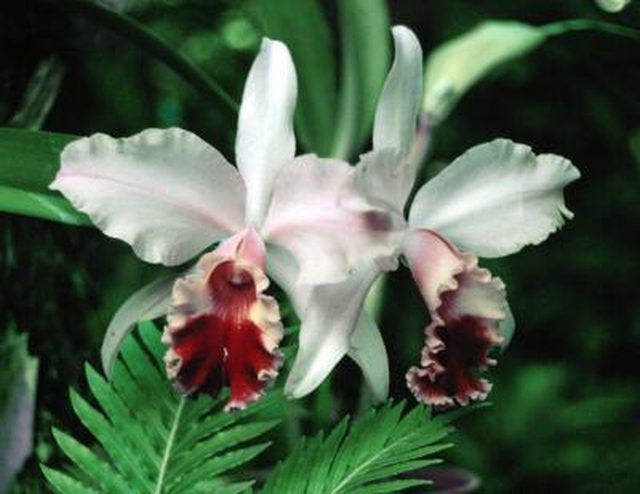Bulbs
Flower Basics
Flower Beds & Specialty Gardens
Flower Garden
Garden Furniture
Garden Gnomes
Garden Seeds
Garden Sheds
Garden Statues
Garden Tools & Supplies
Gardening Basics
Green & Organic
Groundcovers & Vines
Growing Annuals
Growing Basil
Growing Beans
Growing Berries
Growing Blueberries
Growing Cactus
Growing Corn
Growing Cotton
Growing Edibles
Growing Flowers
Growing Garlic
Growing Grapes
Growing Grass
Growing Herbs
Growing Jasmine
Growing Mint
Growing Mushrooms
Orchids
Growing Peanuts
Growing Perennials
Growing Plants
Growing Rosemary
Growing Roses
Growing Strawberries
Growing Sunflowers
Growing Thyme
Growing Tomatoes
Growing Tulips
Growing Vegetables
Herb Basics
Herb Garden
Indoor Growing
Landscaping Basics
Landscaping Patios
Landscaping Plants
Landscaping Shrubs
Landscaping Trees
Landscaping Walks & Pathways
Lawn Basics
Lawn Maintenance
Lawn Mowers
Lawn Ornaments
Lawn Planting
Lawn Tools
Outdoor Growing
Overall Landscape Planning
Pests, Weeds & Problems
Plant Basics
Rock Garden
Rose Garden
Shrubs
Soil
Specialty Gardens
Trees
Vegetable Garden
Yard Maintenance
How to Create an Orchid Mini Greenhouse
How to Create an Orchid Mini Greenhouse. Greenhouses can provide a valuable addition to many gardening situations. Anyone who wants to grow warm-weather plants in cool regions, or to produce fruit and flowers year-round, can use a greenhouse to control the growing environment. For plants with very specific growing requirements, like orchids, the...

Greenhouses can provide a valuable addition to many gardening situations. Anyone who wants to grow warm-weather plants in cool regions, or to produce fruit and flowers year-round, can use a greenhouse to control the growing environment. For plants with very specific growing requirements, like orchids, the controlled environment of a greenhouse is the ideal situation. Orchids can be grown in standard greenhouses or smaller structures called mini greenhouses. Regardless of the size of the greenhouse, the same standard orchid growing requirements apply.
Things You'll Need
Thermometer
Electric heater
Humidifier
Shade cloth
UV lights
Water
Watering can
Fertilizer
Standard Greenhouses
Plan your greenhouse's layout. Even in a mini greenhouse, leave pathways so you can access every plant for watering and fertilizing. Plan for specific breeds of orchids--put heat-loving orchids at the center of the greenhouse or near the heat source, and cold-tolerant orchids at the edges, near the walls. Make sure that each orchid is in the open, with access to circulation and light.
Install a layer of mesh shade cloth over your orchids. Orchids should get at least 12 hours of light a day but will be burned by direct sunlight. Shade cloth will allow the orchids to take advantage of the heat and sunlight of greenhouse growing, without the possible damage.
Make sure orchids get a sufficient amount of light year-round. When the days get shorter in fall and winter, supplement natural light with UV lighting to satisfy the 12-hour day requirements for orchid growing and blooming.
Program the greenhouse fan to give the orchids good circulation. Put the fan on the lowest setting, to circulate the heat and humidity through the greenhouse, but make sure the fan is pointing up, above where the orchids sit, as orchids can be damaged by direct drafts.
Control the temperature in your greenhouse to give the orchids a consistent growing environment. Orchids need temperatures between 60 and 90 degrees Fahrenheit during the day and can still thrive in temperatures down to 50 degrees Fahrenheit at night. Buy an electric heater that has a thermometer attached and program it to maintain the temperature and turn off when the greenhouse gets too warm. Set up a humidifier to supplement the heater and to maintain a humidity of 40 percent.
Water the orchids once a week, using a watering can. Orchids do not like to get their leaves very wet, so pour water directly into the pot, over the roots of the orchids. Add fertilizer to the water once a month, using a 10-10-10 fertilizer.
Shelf Greenhouses
Set up a smaller, shelf-style mini greenhouse for orchid growing. Space the shelves so that there is adequate room for the long stems and spreading leaves of orchids. Space the orchids so that you can easily reach each plant.
Place the mini shelf-style greenhouse in an area that is ideal for orchid growing. North and south-facing walls and window sills will provide the indirect light needed for orchids. If you cannnot provide a sheltered spot, cover the walls of the mini greenhouse with shade cloth to protect the orchids from direct light. Shade cloth can be placed inside or outside the walls.
Provide the right amount of warmth, humidity and light for orchid growing. Small shelf-style greenhouses will hold the sun's warmth for longer, and do not need a secondary heater. They will also lose heat quickly in cold temperatures, so move them indoors during winter. Supplement natural light with UV lighting to satisfy the required 12 hours of light a day. Keep the doors of the mini greenhouse open during the day to allow air to circulate around the orchids.
Water the orchids once a week, using a watering can. Orchids do not like to get their leaves very wet, so pour water directly into the pot, over the roots of the orchids. Add fertilizer to the water once a month, using a 10-10-10 fertilizer.